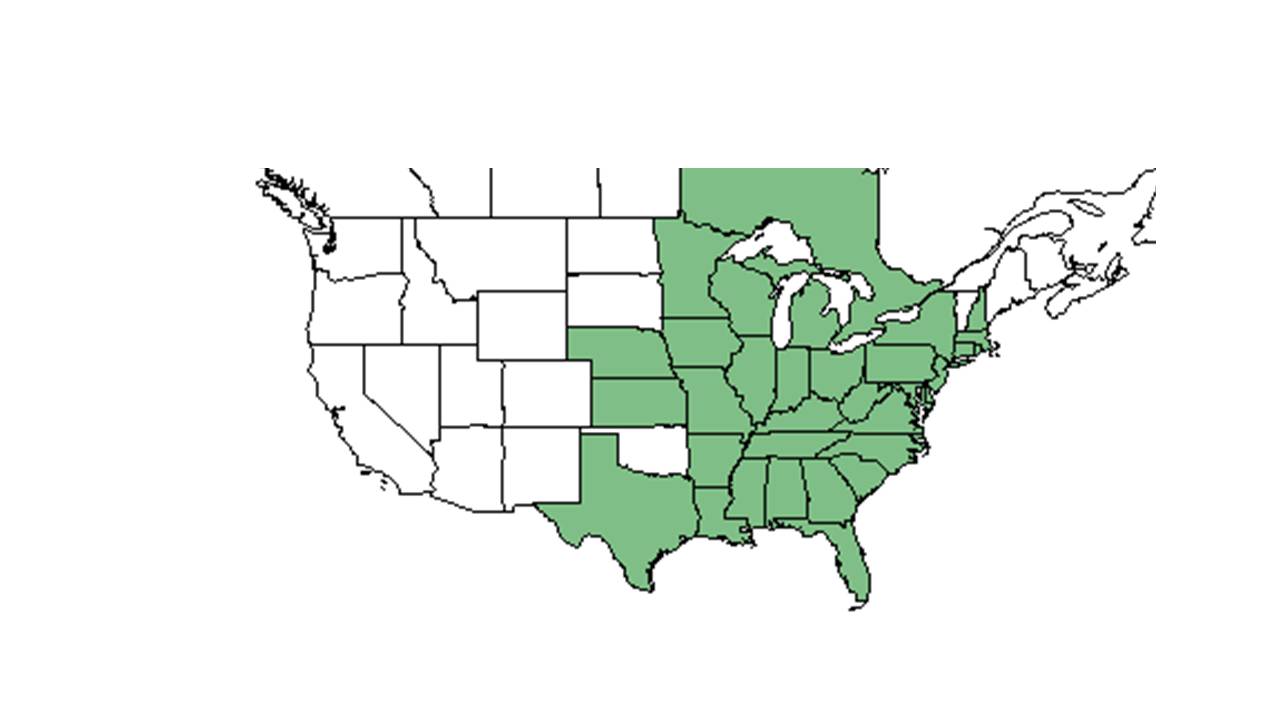Agalinis purpurea
| Agalinis purpurea | |
|---|---|

| |
| Scientific classification | |
| Kingdom: | Plantae |
| Division: | Magnoliophyta - Flowering plants |
| Class: | Magnoliopsida - Dicotyledons |
| Order: | Scrophulariales |
| Family: | Scrophulariaceae |
| Genus: | Agalinis |
| Species: | A. purpurea |
| Binomial name | |
| Agalinis purpurea (L.) Pennell | |

| |
| Natural range of Agalinis purpurea from USDA NRCS Plants Database. | |
Contents
Description
Distribution
Ecology
Habitat
Primarily in low, wet, sandy or peaty areas including streamsides and moist depressions within frequently burned pine communities, seepage slopes, fresh water marshes, cypress flats, and hardwood swamps. It also occurs on shallow limerock soils of slash pine rocklands in South Florida, as well as in high, well drained sandhills (Entisols). It occurs primarily in high light conditions, although it can also occur in relatively shaded habitats such as cypress and hardwood swamps (FSU Herbarium). It is tolerant of high densities of grass and sedges such as in pitcher plant bogs and marshes. Its soil tolerance is wide, including peat (Histosols), loams (Ultisols), and deep sands (Entisols and Spodosols).
Phenology
It flowers from April to November, primarily in October, and fruits from May to November (FSU Herbarium).
Seed dispersal
Seed bank and germination
Agalinis purpurea was absent from the seed bank of ephemeral ponds in Hyannis though they were present as adults. The composition of the seed bank often predicts the future composition of plants after the disturbance of water level drawdown (Neil et al 2009).
Fire ecology
Pollination
Use by animals
Diseases and parasites
Conservation and Management
Cultivation and restoration
Photo Gallery
References and notes
Neill, C., M. O. Bezerra, et al. (2009). "Distribution, species composition and management implications of seed banks in southern New England coastal plain ponds." Biological Conservation 142: 1350-1361.
FSU herbarium herbarium.bio.fsu.edu